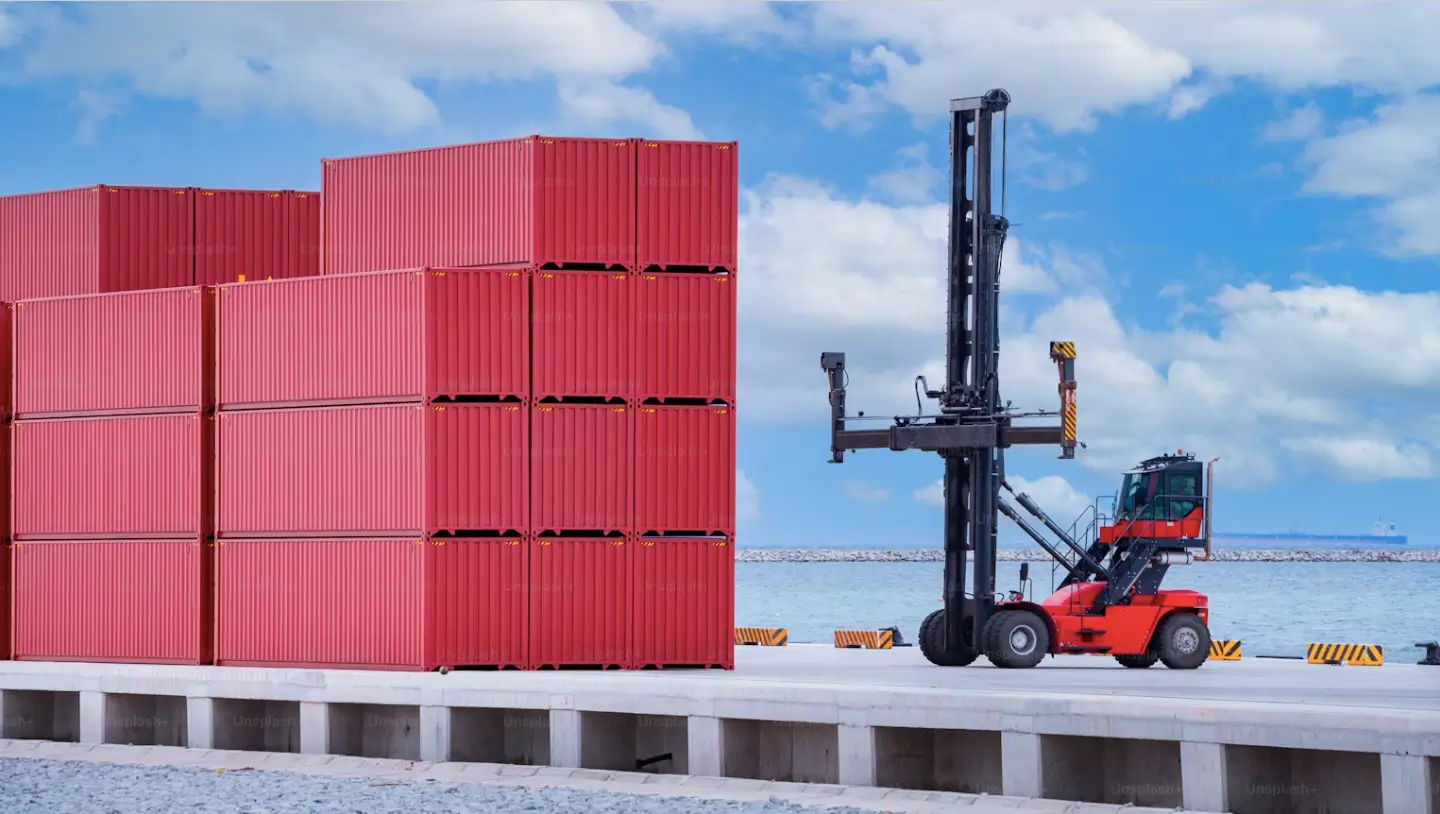Reciprocal tariffs and their impact on foreign trade

The imposition of new tariffs by the United States, particularly during the Donald Trump administration, has triggered similar responses from several countries: the so-called reciprocal tariffs.
But what exactly are they? What new implications do they have for Mexico as a strategic trading partner? And most importantly: how can your company prepare for this growing trend? Here we explain it from a customs and logistics perspective.
What Are Reciprocal Tariffs?
Reciprocal tariffs are trade duties applied as a proportional response to restrictions imposed by another country. Their purpose is to level the competitive playing field, protect domestic industries, or exert diplomatic pressure.
Although not new, their intensive use has resurfaced as part of unilateral economic strategies, particularly in the U.S., China, the EU, and more recently, India and Brazil.
How Has Mexico Responded?
In the initial phase of tariff imposition by the United States, Mexico has taken a defensive stance to protect its trade interests and has labeled the U.S. measures as a violation of the United States-Mexico-Canada Agreement (USMCA). While attempting to negotiate, and although Mexico has managed to avoid widespread reciprocal tariffs thanks to the USMCA, the reality is that more than half of its exports face high tariffs that could impact the trade balance and logistical operations.
Undoubtedly, tariffs have lowered all growth forecasts for the country. Uncertainty continues to dominate, and there are many questions about what will happen with the USMCA, which is set for review in 2026, though negotiations will likely begin this year.
Recommendations for Mexican Companies
- Verify compliance with USMCA rules of origin and tariff classification.
- Stay informed through your customs broker about regulatory changes and tariff impositions.
- Diversify export markets to reduce risks associated with dependence on the U.S.
- Take advantage of government incentives and programs such as IMMEX to improve competitiveness.
- Restructure your supply chains to minimize additional costs from inspections or customs procedures.
In real terms, tariffs are applied at the early stages of the supply chain. That’s why every 10 percentage-point increase in tariffs typically results in a 4 percentage-point increase in consumer prices. This will translate into inflation.
Given this scenario, the key for companies and industries will be to adapt quickly, maintain specialized advisory support, and seize opportunities within the current trade framework.





